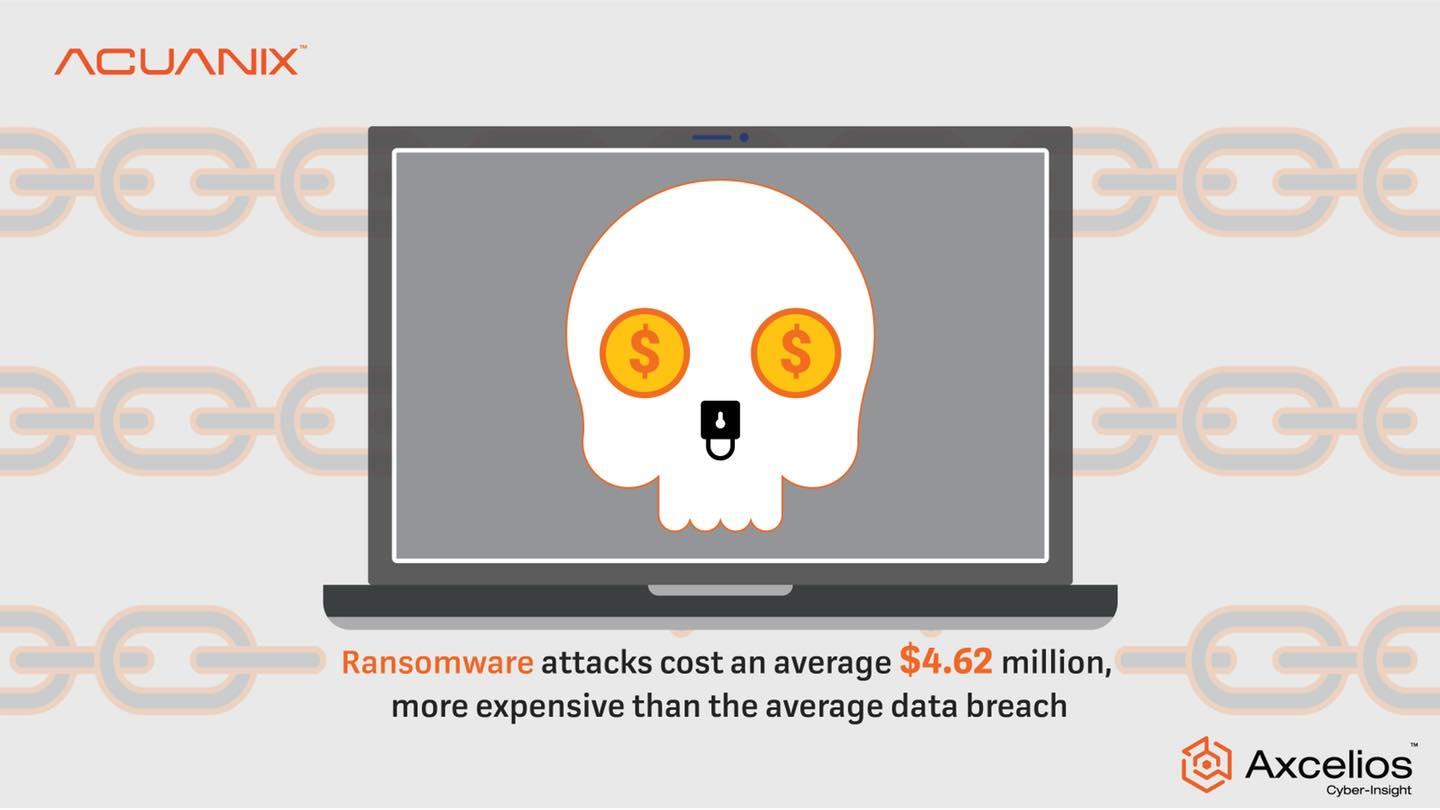Ransomware, How it works and ways of protection.
Ransomware is one of the biggest cyber threats facing businesses today. It’s gotten so bad that the FBI recently warned that small-medium businesses are being specifically targeted by cybercriminals who can more easily trick them into opening malicious email attachments. small-medium businesses often mistakenly believe they’re not at risk of being hacked because they don’t have as much to lose as larger corporations do. However, the fact remains that smaller organizations tend to have fewer resources with which to deal with a cyber-attack and its aftermath. Despite this danger, many businesses still fail to take precautions against ransomware attacks which is why we’ve compiled this guide on how you can protect yourself from ransomware and why you must do it now.
What is ransomware?
Ransomware is a malicious computer virus designed to infiltrate and then hold your computer or network hostage by encrypting all of your files. This occurs by locking down your computer’s operating system and then blocking you from accessing any files until you pay a ransom. Ransomware may also be referred to as “crypto-malware” which is a similar but unrelated computer virus that’s often used to mine cryptocurrency. The ransom amount that cyber criminals demand in exchange for unlocking your files can vary widely. It’s often delivered as a virtual “crypto-currency” such as Bitcoin since these payment methods are generally harder to trace, making it more difficult for you to seek assistance from law enforcement. This is one of the reasons why ransomware is such a dangerous cyber threat. Due to the ease with which it can be delivered and the likelihood that it can infect your computer, it’s estimated that more than half of all computer users will be infected by ransomware.
How ransomware works and what it does do?
As we just mentioned, ransomware infects your computer and encrypts your files by locking down your operating system. It then displays a pop-up message that offers to decrypt your files if you pay a ransom. The message typically states that cybercriminals will decrypt your files if you pay a certain amount of money. Often, the ransom amount is listed in a type of virtual currency such as Bitcoin. Ransomware can infect your computer in several ways. Some viruses may come packaged in an email attachment or be installed through an infected link. Others may be installed by malicious software such as Trojans, worms, and viruses that can infect your computer without your knowledge. If you’re not careful, you may inadvertently download ransomware through an infected USB drive, an infected application, or by clicking on a malicious link. Once you’ve been infected, the virus will infiltrate your computer and then attempt to encrypt your files. Once done, the virus may display a pop-up message that offers to decrypt your files if you pay a ransom.
Why small-medium businesses are particularly at risk from ransomware attacks?
Ransomware is a serious cyber threat that can be difficult to avoid. It’s also important to note that small-medium businesses are at a higher risk of being hit by ransomware attacks than larger corporations are. This is because smaller businesses typically do not have as many resources with which to prevent ransomware or deal with an attack once it’s occurred. small-medium businesses may not have a dedicated cybersecurity team with which to protect their network. They also might not have the money to invest in the latest cyber security tools. All of this makes it harder for smaller businesses to protect themselves against ransomware and other types of cyber-attacks.
How to protect yourself from ransomware
Ransomware may be one of the most difficult types of cyber-attacks for businesses to defend against. That said, there are some steps you can take to protect yourself from ransomware attacks. With that in mind, here are some of the best ways to protect yourself from ransomware attacks:
-
Educate your employees:
It all starts with educating your employees to ensure they know how to avoid ransomware attacks. This includes teaching them not to click on any suspicious links that they receive either through email or social media. It’s also important to remind your employees not to open any suspicious attachments that they receive, even if they appear to be from someone they know.
-
Keep all of your software up to date:
keep all of your software up to date. This includes not only your operating system but any apps that you use regularly. This includes apps such as Microsoft Office, your internet browser, and your email program.
-
Don’t open any suspicious emails:
It’s also important to not open suspicious emails. Suspicious emails often contain links that lead to websites that host malware. This is another reason why it’s important to not open any emails from unknown sources. If you don’t know the person who sent you an email, there’s a good chance that it's spam or an attempt to deliver a virus to your computer.
Check now IBM's latest insights about Ransomeware cost
Subscribe Our Blog
Post By Topic
- Cyberattacks (5)
- Cybersecurity (5)
- Data Protection (4)
- Disaster Recovery Plan (4)
- Backup (3)
- Business continuity (3)
- Data Management (3)
- Ransomware (3)
- Ransomware attacks (3)
- Malware (2)
- Phishing (2)
- Recovery Profiles (2)
- AXCELIOS (1)
- Air Gapped System (1)
- Anomaly Detection (1)
- Automation (1)
- Cloud security threats (1)
- Data (1)
- Data Damage (1)
- Distributed Denial-of-Service (DDoS) attack (1)
- Eavesdropping attack (1)
- IP spoofing (1)
- Passwords (1)
- Phishing emails (1)
- Security AI (1)


Leave Comment